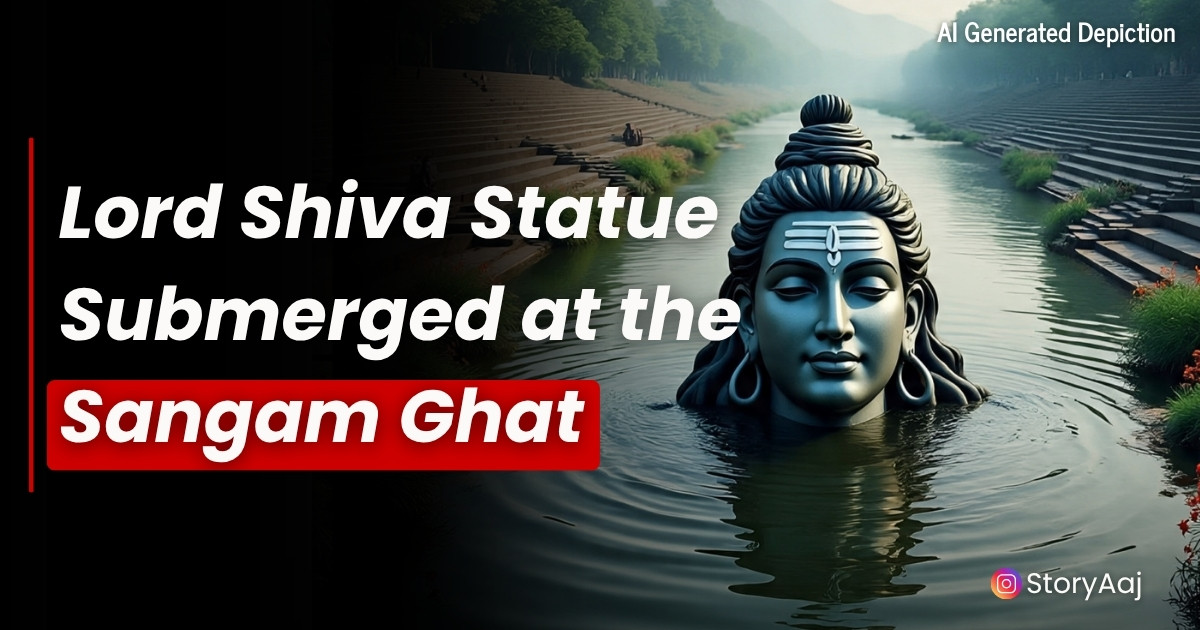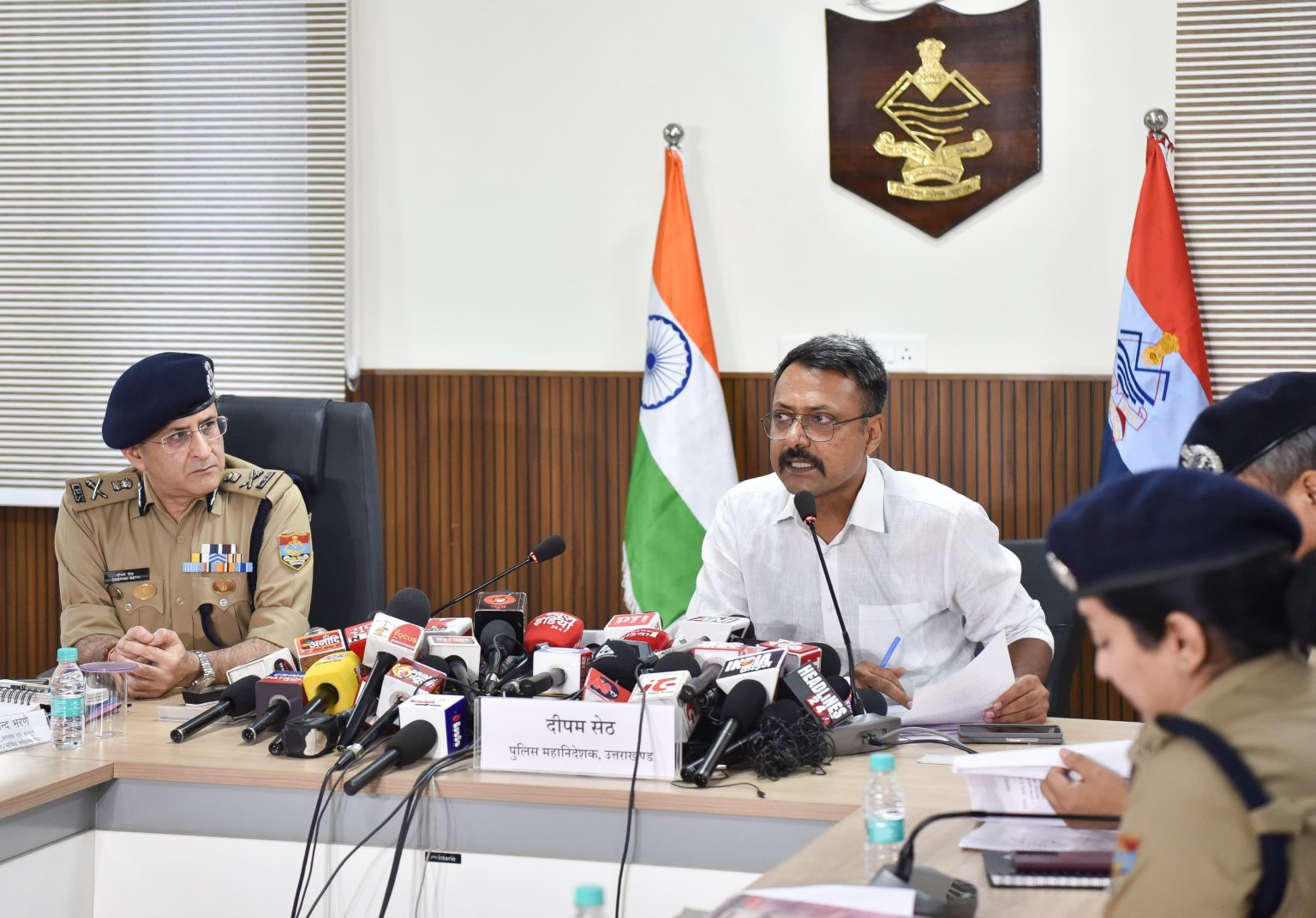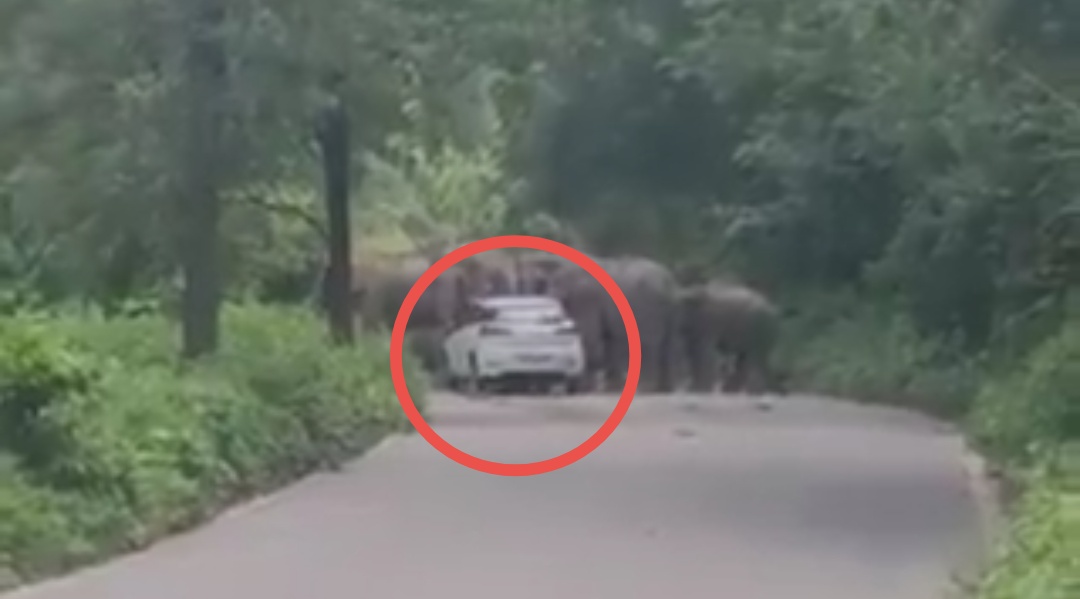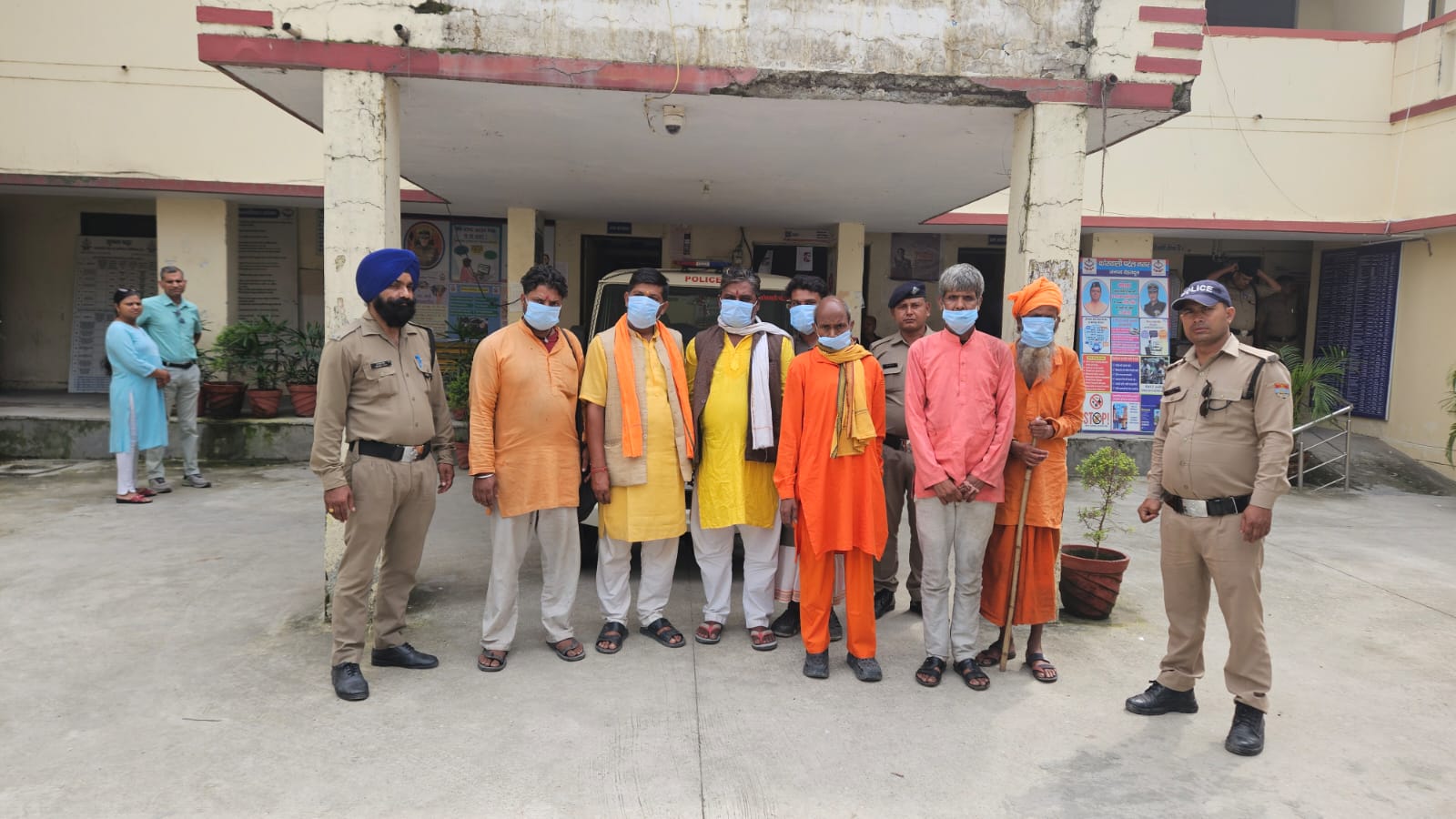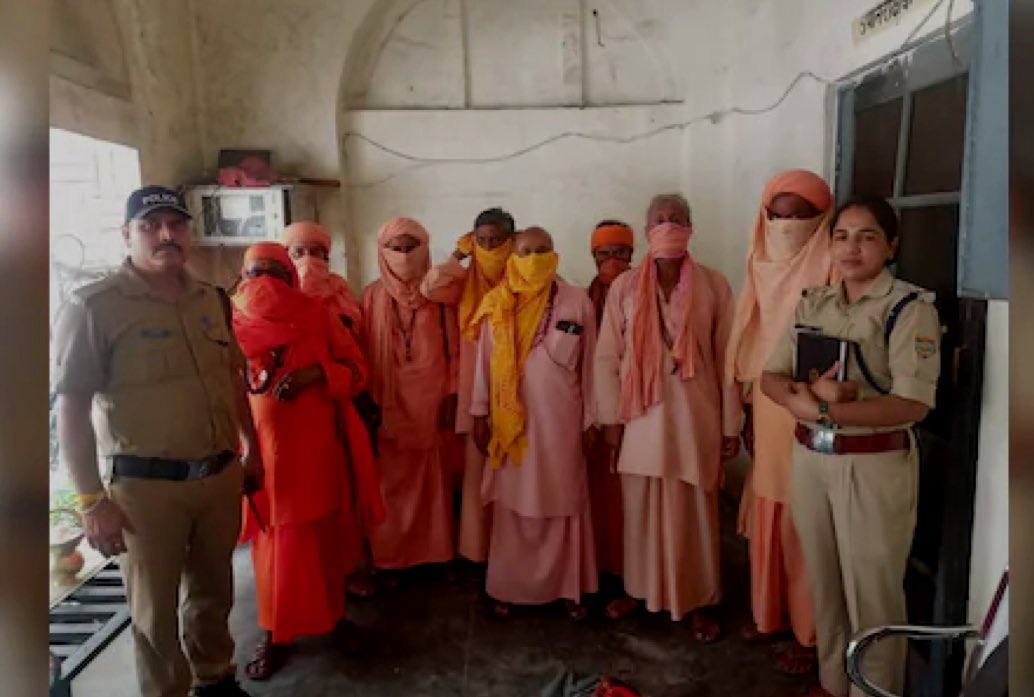The holy meeting point of Rudraprayag has become the center of a striking scene as the statue of Lord Shiva stands almost completely underwater beneath the rushing waters of the Alaknanda and Mandakini rivers
Heavy monsoon rains have caused the Alaknanda and Mandakini rivers to swell dramatically, raising water levels over twenty meters above normal and leaving only the top portion of the Lord Shiva statue visible above the turbulent surface. The powerful surge has transformed the entire sacred site, submerging walkways, steps leading to the water and other structures while authorities warn people to stay away from the dangerous riverbanks.
This dramatic flooding around the Lord Shiva statue represents just one part of the widespread monsoon chaos that has swept across northern India with unusual intensity this year. The seasonal rains arrived almost a week ahead of schedule, covering the entire country not only Lord Shiva Statue in what weather experts describe as the earliest complete monsoon coverage since recent records began.
Uttarakhand has faced the worst of this early monsoon fury with authorities forced to temporarily stop the famous Char Dham pilgrimage for visitor safety. The state experienced deadly cloudbursts particularly in Uttarkashi district where two construction workers died and seven others went missing when a sudden landslide destroyed temporary shelters along a major highway.
The neighboring state of Himachal Pradesh has faced equally devastating conditions, with the death toll reaching over twenty people since the monsoon began in late June . The mountain state has experienced what officials describe as unrelenting rainfall with June recording much higher than normal amounts. This has triggered widespread damage to roads with hundreds of routes blocked by landslides and debris flows. The Beas River has reached dangerous flood levels while power systems have failed across multiple districts, leaving communities without electricity or water supply.
In distant Kerala, the monsoon’s early arrival brought immediate disaster as heavy rains triggered deadly floods and landslides across the southern state. At least ten people died in various incidents, including migrant workers caught in building collapses and individuals swept away by floodwaters. The rainfall intensity reached extraordinary levels with some areas recording over two hundred millimeters in single-day periods. Sacred sites like the Aluva Shiva Temple dedicated to Lord Shiva found themselves underwater as rivers overflowed their banks throughout the state.
The northeastern states have perhaps suffered the most extensive damage with Assam experiencing what officials describe as a major crisis. Over half a million people have been affected by floods that have displaced entire communities and destroyed vast agricultural areas. The Brahmaputra River system along with its tributaries has been flowing well above danger levels, flooding hundreds of villages and forcing thousands into relief camps. The flooding has also impacted wildlife areas including Kaziranga National Park where rising waters have forced animals to seek higher ground.
The extreme weather patterns have created a series of disasters across the region, with dam releases adding to the flooding crisis as reservoirs struggle to manage the unprecedented water inflow. Emergency response teams have deployed boats and helicopters for rescue operations, while medical teams work around the clock to provide assistance to affected communities. The agricultural sector has suffered massive losses, with thousands of hectares of crops destroyed just as the planting season was reaching its peak.
Weather experts point to the unusual characteristics of this year’s monsoon which has shown both early arrival and extreme intensity. The weather system has been marked by what experts describe as rapid advancement followed by sudden halts, creating localized disasters that have overwhelmed regional response capabilities. The pattern suggests broader changes in monsoon behavior that could have long-term implications for agricultural planning and disaster preparedness across the region .
The current crisis has highlighted the vulnerability of roads, bridges, and communication networks across the affected regions, with these systems struggling to cope with the extreme conditions. Mountain communities have been particularly isolated as landslides block access roads, while urban areas face severe waterlogging that disrupts daily life and economic activities. The combination of early monsoon arrival and intense rainfall has created challenges that extend far beyond typical seasonal flooding.
As the monsoon season continues, authorities across the affected states remain on high alert with weather forecasters predicting continued heavy rainfall in the coming weeks. The submerged Lord Shiva statue at Rudraprayag has become a powerful symbol of both nature’s awesome force and the spiritual strength of communities facing extreme weather challenges. While rescue and relief operations continue across the region, the extraordinary sight of the ancient Lord Shiva statue watching silently beneath the rushing waters serves as a reminder of the eternal cycle of nature’s power and the enduring faith of those who witness its displays.
Follow us on Instagram – StoryAaj
Also Read : Uttarakhand Man Rescued After 15 Years of Bonded Labor in Punjab
Discover more from
Subscribe to get the latest posts sent to your email.







